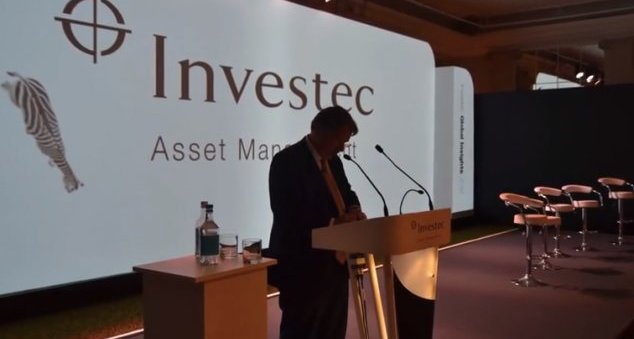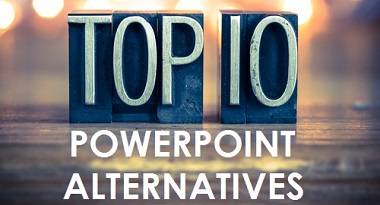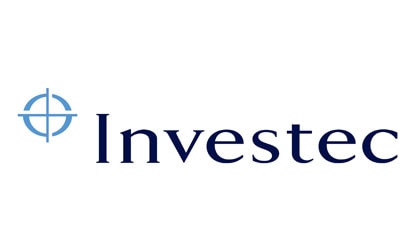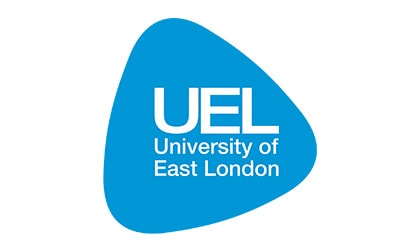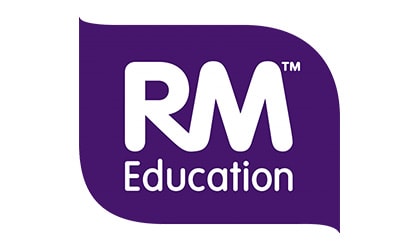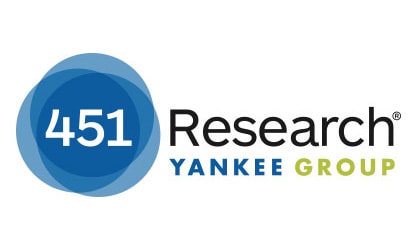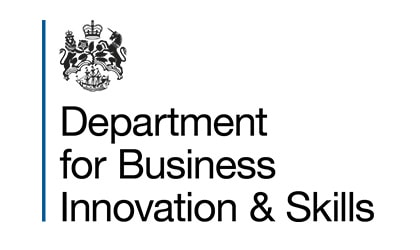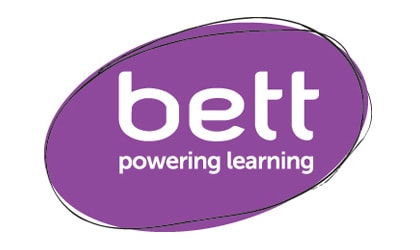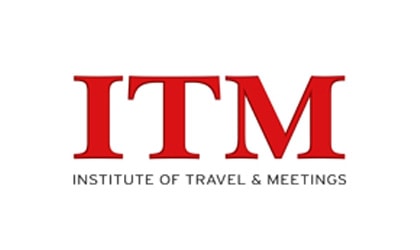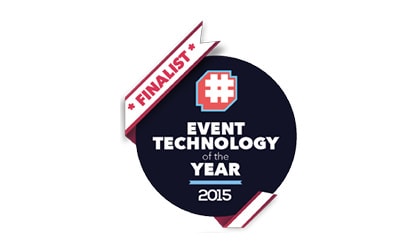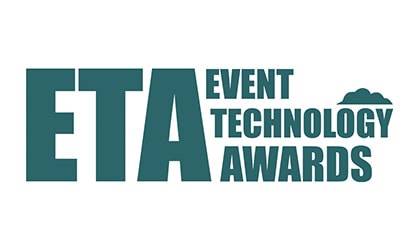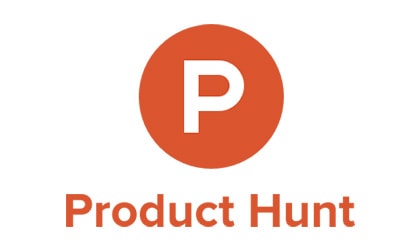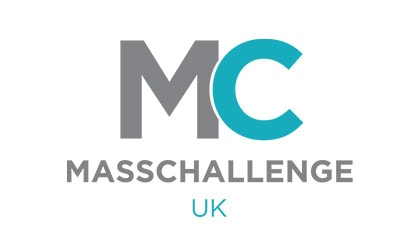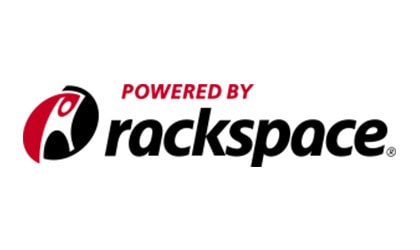In Eventbrite’s spot-on round-up of the trends their experts predict for 2016, one buzzword was on everyone’s lips. Experiential.
To the uninitiated, experiential (specifically experiential marketing) is defined as “a marketing strategy that directly engages consumers and invites and encourages consumers to participate in the evolution of a brand.” Basically – it’s anything where your audience can get involved.
If we’re being honest we have to say we’re a bit surprised that upping the experiential factor at events is being tipped as the Next Big Thing. The benefits of the increased engagement and improved retention that come with interaction have been common knowledge for decades in the educational sector. In the L&D world, there’s even a saying that while you only remember 10% of what you read, and 20% of what you hear, we remember a whopping 90% of what we experience.
So putting more of marketing budgets into experiential can really only be seen as a good thing. And certainly, events offer brand and marketing folk a rather unique opportunity to get usually anonymous or remote clients and leads together, and interacting with your brand and company. But don’t think that simply holding an event is enough to make you experiential. We absorb information best by using multiple senses – make your impressions visual, verbal and auditory for your audience.
Perhaps think about having a soundtrack. Get your speakers to include videos and arresting images in their presentations. Come up with an ‘on brand’ visual theme and if you can, make it tangible - one of our clients puts mini replicas of their company’s mascot animal on all the tables at their events for examples.
If you’re really up for experimenting, perhaps take a leaf out of Bompas & Parr’s book and experiment with fragrance and the food and drink you serve. And above all, give your audience a chance to have a two-way conversation with you rather than simply being passive participants.
So make sure you leave enough time for Q&A, put up that Twitter wall, integrate live polling through an interactive presentation, and use mobile technology to get your audience interacting with you throughout the event - rather than right at the end of the day via a scrappy paper feedback form...


